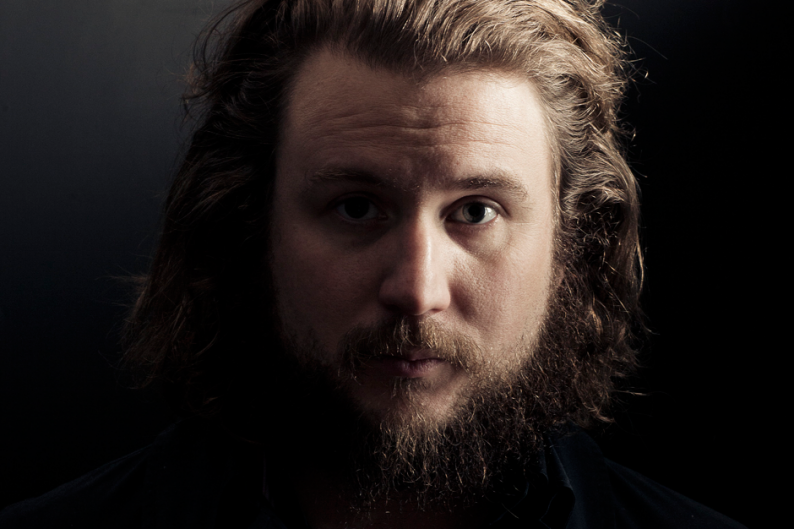By: Ginny YangWith its monopoly of the airwaves and live concert venues, musicindustry behemoth Clear Channel’s recent decision to promote”independent” music through the L.A.-based 103.1 KDLD seemed anunlikely move. Previously a struggling outlet for mainstream dancemusic, the channel was renamed Indie 103.1: “Your Independent RadioStation,” and its playlist revamped to attract alienated modernrock fans. The station’s programming director, Michael Steele,explains, “As radio gets more corporate, fewer bands are gettingexposure. We saw a hole in L.A. for a radio station that couldexpose some of those bands and get a significant portion of thelistenership.” Featured artists include the Polyphonic Spree,Chicks on Speed, and Dizzee Rascal – a far cry from theBeyonces and Limp Bizkits that dominate the playlists of ClearChannel’s 1,225 other stations nationwide. In addition, the newformat initially aired without any commercials or on-airpersonalities. Could the music industry’s biggest corporationreally be creating non-corporate radio for the masses?
Clear Channel has been long considered radio’s most powerful giant, quickly capitalizing on 1996’s Telecommunications Act that eased private radio station ownership restrictions. Previously set at only two holdings in any one market and 28 nationwide, the ownership rules were designed to keep radio content local and diverse. Yet within seven years of the new regulations, Clear Channel had amassed 247 of the nation’s 250 largest radio markets; it currently dominates the Top 40 format and controls 60 percent of all rock formats. The conglomeration has also ballooned into a vast network of news outlets, research companies, talk show syndicates, trade magazines, television stations, and advertising agencies, becoming entirely self-sufficient in promoting music they deem the most popular. Clear Channel is home to everyone from Rush Limbaugh and Dr. Laura to Casey Kasem and Carson Daly, all of whom can be heard coast-to-coast. With the company’s purchase of SFX Entertainment in 2000, the nation’s largest concert venue owner and touring promoter, CC stations developed a beneficial (and exclusive) relationship that allowed them to promote concert ticket sales for their own tours, taking in a 70 percent share of total live music profits nationwide.
Considering its history, such an endorsement of independent music seems an unlikely step for the mega-music machine. But upon closer inspection, the format switch could also be just another shrewd business move in dominating the market. Banned by the FCC from owning another station in L.A., Clear Channel struck up a partnership with Spanish-language media company Entravision Communications, who owns 103.1. Together, they decided to return KDLD to a rock format, a deal where Entravision would control the programming and Clear Channel would sell the ads. Steele, a former music director at the Clear Channel-owned KIIS FM in L.A., says that he is hoping the new format might help revive independent radio. “I think a lot of people grew up on classic punk – X, the Ramones, the Clash – and nobody plays that stuff on the radio anymore,” he said. “There was a significant portion of the market that was looking for music like this, and no one on the radio was playing it.” But Nic Harcourt, music director and host of variety show Morning Becomes Eclectic at KCRW, suggests a slightly more sinister motive: “It’s about counter-programming more than it is about delivering an independent music mix. They’re going after KROQ’s upper demo, the 25- to 50-year-olds who are neglected by the very young music that KROQ plays now.”

Also Read
Compact Discs: Sound of the Future
Alternative station KROQ, which is owned by Clear Channel rival Infinity Broadcasting, currently dominates the Linkin Park-listening set in L.A., but has long since forsaken playing underground acts. However, Indie 103.1 may have trouble reaching its disgruntled audience. Harcourt explains: “That signal is not a good signal. It doesn’t get into downtown L.A. and it’s had several different formats in the last five years. Nobody’s really figured out what works because they can’t get market penetration.” It also remains to be seen whether or not the Clear Channel association will adversely affect Indie 103.1’s audience (ratings won’t come out until this spring). But Roy Laughlin, Clear Channel’s co-market manager, remains optimistic. “There’s been a really positive reaction to it. I think the new thing in marketing is credibility and authenticity – it connects with people really well. This station seems to be doing this.” Steele is also quick to dismiss the corporate involvement: “If it’s a good song, we put it on! I sit here with my music director and it’s just two dorky kids with a stack of CDs. Clear Channel just happens to sell the airtime.” Clearly, Indie 103.1 does not need to promote the popular acts that will grace the stages of Clear Channel-owned venues – they already have the local outlets KIIS, KBIG and Star to do that. Still, the station’s new format could either be heralding the resurgence of independent music, or just be another attempt at buying out the competition – a signal that Clear Channel isn’t changing its tune.



